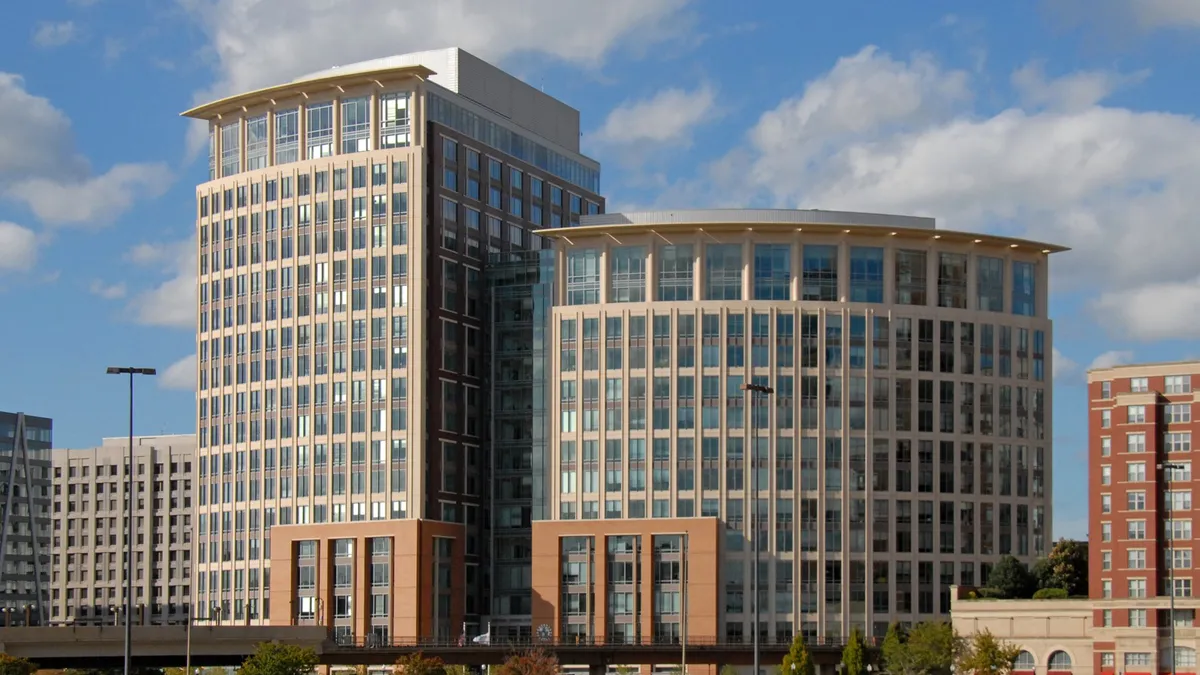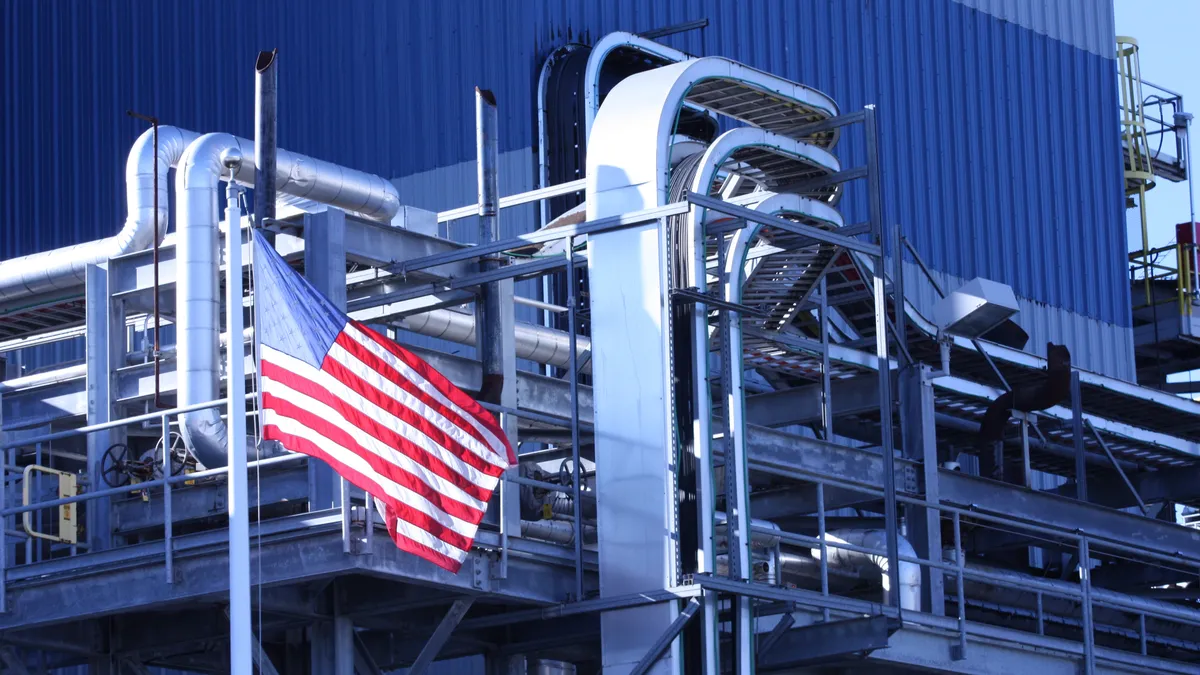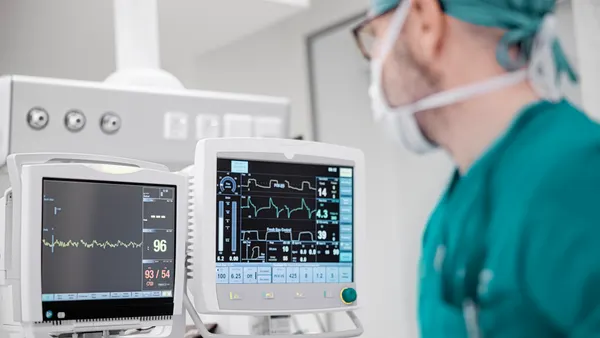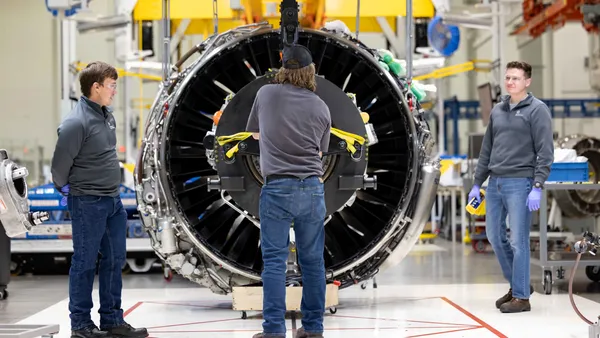Dive Brief:
- The National Science Foundation will create four research centers dedicated to engineering innovations that will benefit U.S. advanced manufacturing, energy and environment and health and infrastructure, according to an Aug. 21 release.
- The new centers will create technologies to enhance carbon dioxide emissions reduction, address labor workforce issues through robotics and support the domestic production and supply of natural rubber in the U.S.
- The foundation is committing $104 million over five years, with a potential total of $208 million over 10 years.
Dive Insight:
Since the program began in 1985, NSF has funded 83 engineering research centers throughout the U.S.
With up to 10 years of support for each center, the investment has led to more than 250 spinoff companies, more than 950 patents and more than 14,900 higher education degrees, according to its website.
The first center aims to create more efficient and cost-effective CO2 conversion systems for manufacturing.
The research center will use innovative hybrid electro-bio CO2 utilization systems to demonstrate the conversion of CO2 at a much higher conversion rate. The goal is to turn waste carbon dioxide into products like biofertilizers, chemicals and eco-friendly materials.
The center will work with Washington University in St. Louis in partnership with the University of Delaware, Prairie View A&M University and Texas A&M University.
Another center will focus on improving human labor through robotic dexterity and integration.
Currently, robots are limited to high-volume, highly repeatable operations, the foundation said. Yet the center aims to use them in low-volume, high-mix manufacturing, food processing, remote handling of precious or dangerous materials, assistance for individuals with motor impairments and many other areas.
In the food world, companies like Tyson have been trying to implement more automation into their factories. Tyson’s plant in Danville, Virginia, will use robots to turn meat into prepared foods using automated case packing and high-speed robotic case palletizing.
The third center aims to transform U.S. rubber manufacturing through domestic innovation headed by Ohio State University. The center will develop a U.S.-based natural rubber industry by biomanufacturing rubber from alternative plants, reducing reliance on imported rubber from the tropical Hevea tree.
Sustainable and alternative rubber manufacturing has been a growing trend in recent years as disease and high demand threaten the tropical rubber tree, the world’s primary natural rubber source, OSU said in a press release about the new center.
The last center focuses on sustainable refrigerant technologies to reduce global warming and improve energy efficiency.












